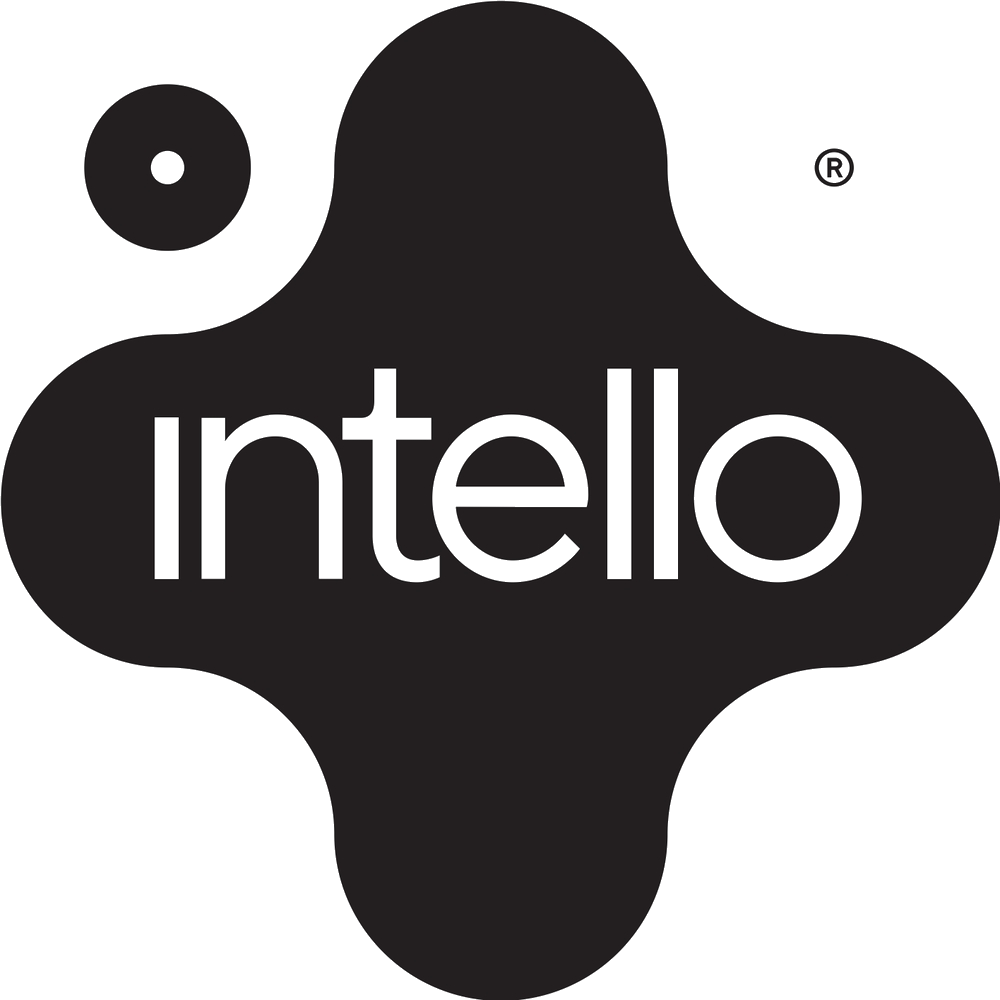This article on SMSF costs was originally posted in The Australian, 13 July 2020 under the title “How much does an SMSF really cost? That depends on who you ask”
What are the average SMSF costs?
Even the regulators can’t agree on how much it costs to run a self-managed superannuation fund.
The Australian Taxation Office says one thing while the Australian Securities & Investments Commission says something else that suggests it is more expensive and time consuming than anyone may have imagined.
Ron Lesh, managing director of SMSF administration software provider BGL, says: “The $13,900 plus 100 hours per year that ASIC says it costs to run an SMSF is a manipulation of data. The ATO data shows that if you have a basic super fund with less than $50,000 in it, you’re probably not doing much with it and purely incurring the mandatory costs, which comes out at a median of $1871 according to ATO data. And in terms of time, I’d probably spend 20 to 30 hours a year on my fund.”
Averages skew SMSF costs
It is important to note there is a substantial difference in how the numbers present depending on whether you rely on average data or median ATO data for SMSFs.
Relying on average data, as ASIC has for its fact sheet, carries the risk of overstating costs given the skewed nature of SMSF balances. ATO data reveals that 25 per cent of SMSFs have more than $5m balances and it can be deduced that Australia’s largest single SMSF is likely to be worth more than $400m. So, with that in mind, it can be understood why the average SMSF balance is almost $1.3m; however, the median SMSF balance is just more than $700,000.
Another point to understand is the difference between total SMSF costs and bare minimum operating costs. From the ATO data it can be seen that the median operating cost of an SMSF is $3923 a year. This can be broken down to reveal that accounting and administration make up just under $3000 annually followed by $550 in audit fees, with the balance being the ATO supervisory levy and the ASIC annual fee.
In fact the only way you may come to substantiate the $14,000 a year ASIC suggests an SMSF will cost you is if you add in every conceivable related cost such as insurance or financial advice, which are costs relating to your portfolio but not to the SMSF per se.
The point to remember is that the size of the SMSF will have an impact on the ongoing cost. Lesh says: “As your fund gets bigger and more complex, the costs rise due to more transactions, more investment costs and more overheads. Remembering the cost of a small fund at $1871, this increases to over $15,000 a year for SMSFs with more than a $2m balance.”
Minimum SMSF set up balance
Is $200k the right number?
And what about the old chestnut that you must have at least $200,000 to set up an SMSF?
Certified financial planner Chris Giaouris says: “It’s not entirely fair to set hard and fast minimums and maximums for when an SMSF is appropriate as everybody’s situation is different. This minimum is something that’s been thrown around for many years now as historically it didn’t make sense from a cost perspective to invest any less than $200,000.”
This is because SMSFs have many fixed costs that are applicable regardless of the balance of the fund, whereas many retail or industry funds charge percentage-based fees. For people thinking about setting up an SMSF, if the main reason is to reduce superannuation costs, many retail and industry super funds can administer and invest your superannuation money for less than 1 per cent total fee. With the median SMSF operating cost sitting at just under $4000, it would not stack up on a cost perspective to set up an SMSF unless you have at least $400,000.
The other common reason to move down the path of an SMSF is for the increased investment flexibility. Giaouris says: “You may be happy to pay higher fees, for example, in return for accessing a specific type of investment such as direct property, gold bullion, antiques and artwork.”
Whether you pay $2000 or $14,000 a year for your SMSF, the main thing to remember is why you want to go down the self-managed route.
Unless you have $400,000 or can reduce the SMSF administration and accounting below the median cost by using online or outsourced accounting services (or maybe you are an accountant), it is a red flag if you want to do it from a cost perspective.
The other answer, investment selection, means you need to be relatively confident in your abilities to pick specific investments that you feel will outperform everything else that is available from normal retail and industry super funds, net of costs. In the past, many SMSFs bought property with the use of loans; however, with the exit of the big four banks from the SMSF lending market, the SMSF borrowing rate now sits above 6 per cent, making it a less attractive proposition.
James Gerrard is principal
and director of Sydney financial planning firm financialadvisor.com.au
SMSF costs – our commentary
We recently put together our own analysis regarding average SMSF costs for both the establishment and ongoing accounting and audit fees relating to operating a self-managed super fund.
In our article: SMSF Average Costs – Administration, we cover the following:
- What are the average SMSF costs and fees per annum?
- Median and average fees and costs per annum
- Do larger funds pay higher SMSF accounting fees?
- Average cost of SMSF administration
- How much money do you need to set up a self managed super fund?
- SMSF audit fees
- SMSF setup costs
- How much does it cost to wind up a SMSF?
- Summary of average SMSF costs and fees

